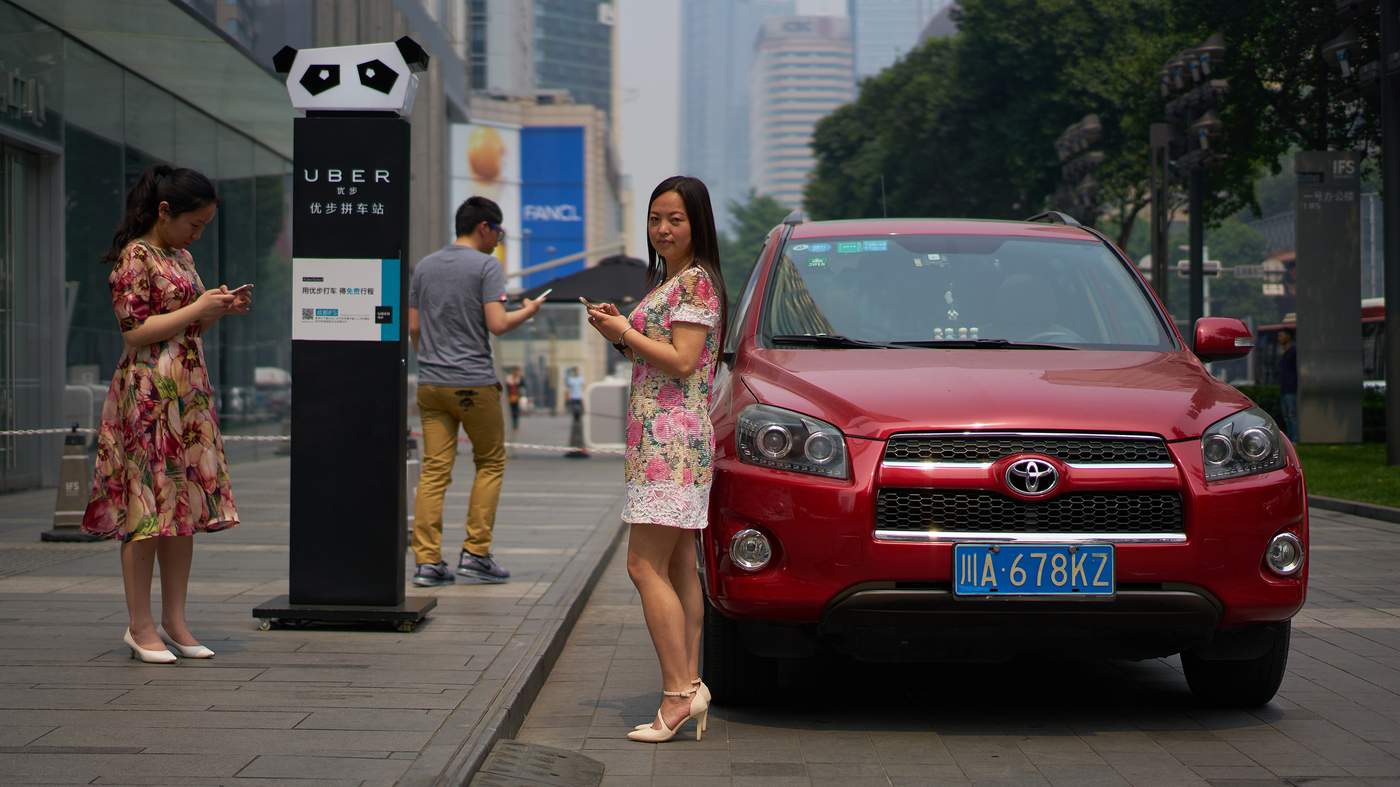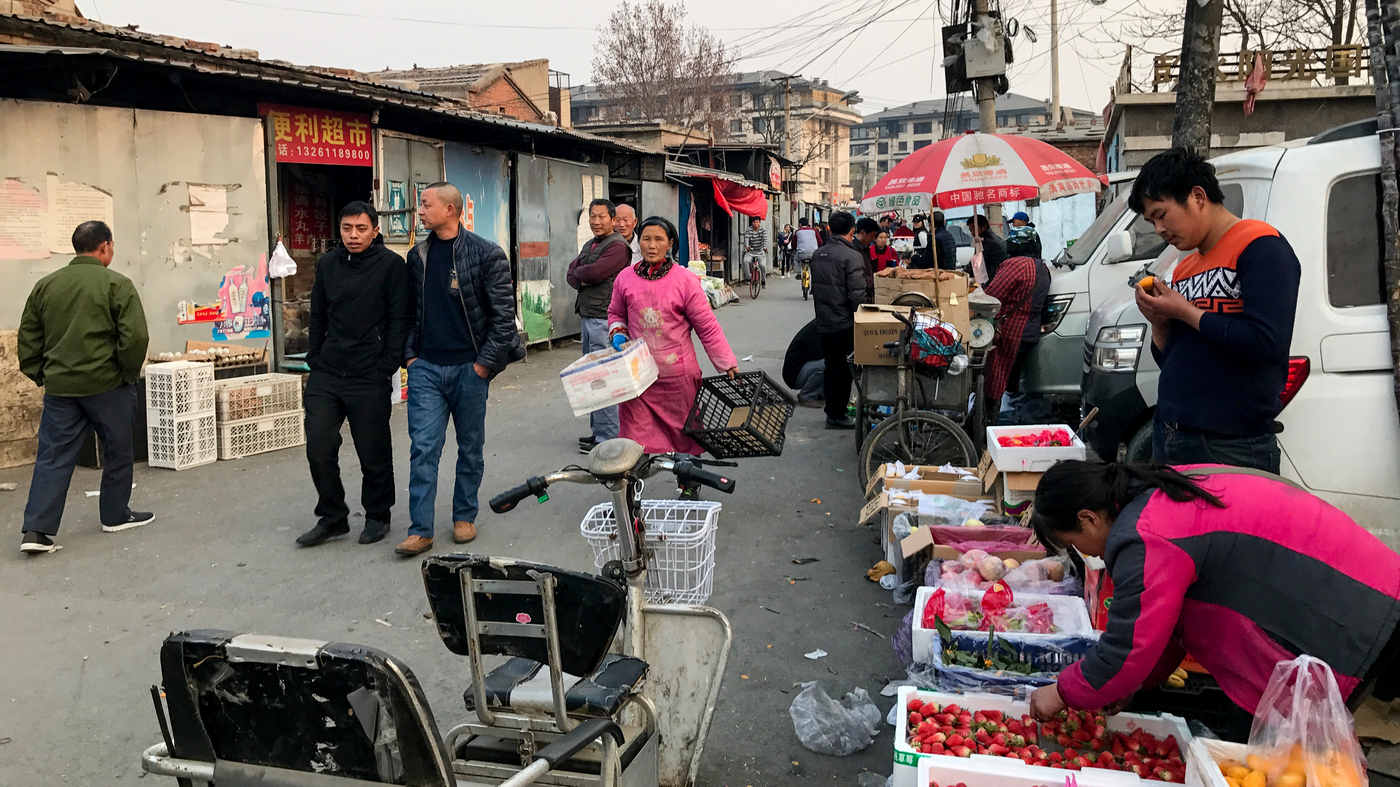Mastering Local Ride-Sharing Etiquette for Seamless China Travel
Welcome, fellow travelers, to another essential guide from jusha.travel! Navigating a new country can be thrilling, but sometimes the most mundane tasks—like getting from point A to point B—can present unexpected challenges. In China, while public transportation is extensive and efficient, ride-sharing has become an indispensable tool for both locals and visitors alike. However, understanding the nuances of local ride-sharing etiquette is crucial for a smooth journey. Forget what you know about Uber or Lyft; China’s ride-sharing landscape, dominated by DiDi, operates with its own set of fascinating rules and cultural considerations. This blog post will equip you with all the vital China travel hacks, particularly focusing on effective China ride-sharing apps usage, Didi travel tips, the importance of mobile payments China, and how to master local transportation China for an unforgettable trip. Here at jusha.travel, we love sharing tips to make your China journey unforgettable!

The Digital Nexus: Getting Started with China’s Ride-Sharing Apps
The first step to mastering ride-sharing in China is understanding its digital heart. Unlike many Western countries where various ride-sharing apps compete, China’s market is overwhelmingly dominated by DiDi Chuxing, also simply known as DiDi. This platform functions very similarly to Uber or Lyft, but with a uniquely Chinese integration into daily digital life. You can download the standalone DiDi app, which now offers English support to make it more user-friendly for foreign visitors. However, for a truly integrated experience, DiDi is also available as a “mini-program” within WeChat, China’s ubiquitous messaging and payment app. This means you can hail a ride without needing to download an extra application, making it incredibly convenient! For a detailed step-by-step guide on how to use DiDi, especially for foreigners, check out this helpful resource: How to Use DiDi in China. You can also find visual tutorials like this one on YouTube: How to DiDi in China 2025. Step by step.
One of the most critical aspects of using China ride-sharing apps is understanding the payment system. Cash is rarely accepted for ride-sharing services. Instead, transactions are almost exclusively digital, primarily through WeChat Pay or Alipay. Before your trip, it’s absolutely essential to set up these mobile payments China. Many travelers find that linking their international bank cards to WeChat Pay or Alipay simplifies their entire travel experience, not just for ride-sharing. This seamless digital payment infrastructure is a cornerstone of modern Chinese life and a key component of navigating local transportation China efficiently.

Beyond the App: Navigating Ride-Sharing with DiDi Travel Tips
Once you’ve got the app sorted and your payments set up, it’s time to dive into the practicalities of using DiDi. Here are some essential Didi travel tips to make your rides smooth and stress-free:
-
Punctuality is Key: Chinese ride-sharing drivers expect passengers to be ready at the pickup point as soon as the car arrives. Delays can result in the driver canceling the ride or even charging a cancellation fee. Be ready to go when your car is nearing your location.
-
Communication is Crucial (and Challenging): Most DiDi drivers do not speak English. This is where your smartphone becomes your best friend. Utilize the in-app messaging feature, which often has a translation function. Alternatively, have a translation app handy, or pre-prepare common phrases or your destination address in Chinese characters. Sharing your real-time location through the app can also significantly help your driver find you.
-
Seating Etiquette: For solo passengers, it is customary to sit in the back seat. If you are traveling with multiple people, and the front seat is available, wait for the driver’s invitation before sitting there. Generally, the back seat is preferred for passengers.
-
Politeness Goes a Long Way: A simple greeting like “Ni hao” (hello) when you get in and “Xie xie” (thank you) when you exit will be greatly appreciated. While in the vehicle, avoid eating, drinking, or making excessively loud noise. Keeping the car clean and respectful is part of good local ride-sharing etiquette.
-
Ratings and What They Mean: While tipping is not customary in China, your ratings are incredibly important to drivers. If you’ve received good service, a high rating is considered polite and contributes to the driver’s livelihood. It’s their primary form of recognition for good service.
Understanding these practical tips will greatly enhance your local transportation China experience and demonstrate your respect for local customs.

The Regulatory Framework: Why China’s Ride-Sharing is Different
Beyond the user experience, it’s fascinating to understand the robust regulatory environment that shapes China’s ride-sharing industry. China enforces strict regulations, requiring both drivers and vehicles to be officially licensed and qualified for commercial operation. This commitment to safety and quality sets it apart from many other countries. While these regulations can sometimes lead to fewer available vehicles in certain areas due to stricter licensing requirements (including, in some cities, drivers having local *hukou* or household registration), they ultimately enhance passenger safety and service quality. For more on this, you can read about China’s Sharing Economy and its regulatory landscape.
Furthermore, authorities actively monitor ride-hailing platforms, mandating transparency in fare calculations and even putting caps on driver commissions. This means that as a passenger, you’ll find clear and transparent pricing shown in the app before you even confirm your ride. This oversight provides greater consumer protection and accountability. For instance, recent regulations aim to require ride-hailing platforms to reduce commissions and offer transparency, benefiting both drivers and passengers. These policies contribute to the efficiency and reliability of China ride-sharing apps.
DiDi offers various service levels: Express (the standard, most common option), Premier (for higher-end vehicles and service), Hitch (carpooling), and Luxe (luxury vehicles). For most travelers, Express and Premier are the go-to choices due to their reliability and clearer communication. While services like Hitch might be tempting for their lower cost, they may not always be available for non-Chinese speakers or require local identification due to regulatory complexities. For an in-depth understanding of DiDi’s services and the broader market, you might want to explore the Strategic Analysis of the Chinese Ride Sharing Market.

Handling Hiccups: Troubleshooting Common Ride-Sharing Issues
Even with the best preparation and China travel hacks, sometimes things don’t go exactly as planned. Here’s how to deal with common issues you might encounter:
-
Cancellations: If your driver cancels or asks you to cancel, it could be due to various reasons – perhaps a shift change, a preferred route, or specific regulations. The easiest solution is simply to rebook another ride. DiDi’s system is designed to quickly connect you with another available driver.
-
Disputes: In case of a route disagreement, feeling unsafe, or any other issue, use the app’s complaint or feedback feature. DiDi is generally responsive to user feedback, and their system often includes an English-language interface for foreign users to lodge complaints. Remember, fares are set by the platform and shown transparently upfront, so always confirm your destination and fare in-app to circumvent misunderstandings.
-
Peak Times and Surge Pricing: Like ride-sharing services globally, DiDi may implement surge pricing during peak hours or major events. The app will clearly indicate this. If the price seems unusually high, you might consider waiting a little while if your schedule allows, or explore other local transportation China options like the subway.
-
Lost Items: If you accidentally leave something in a DiDi car, immediately use the app’s customer service feature. Given the tracking capabilities and driver identification, there’s a good chance of retrieving your belongings.
By being aware of these potential scenarios and knowing how to address them, you can maintain a smooth and enjoyable local ride-sharing etiquette experience throughout your travels.
Conclusion
Mastering local ride-sharing etiquette in China is not just about downloading an app; it’s about embracing a digital-first approach to transportation, understanding cultural norms, and appreciating the underlying regulatory framework that ensures a high standard of service. By utilizing China ride-sharing apps effectively, leveraging these Didi travel tips, prioritizing mobile payments China, and being mindful of local transportation China customs, you’re not just taking a ride—you’re engaging with a fundamental aspect of modern Chinese life. This ultimately enriches your travel experience, making your journey seamless, efficient, and truly unforgettable.
For more insightful guides and inspiration for your next adventure, be sure to visit jusha.travel! Have you used ride-sharing in China? Share your experiences and tips in the comments below!

